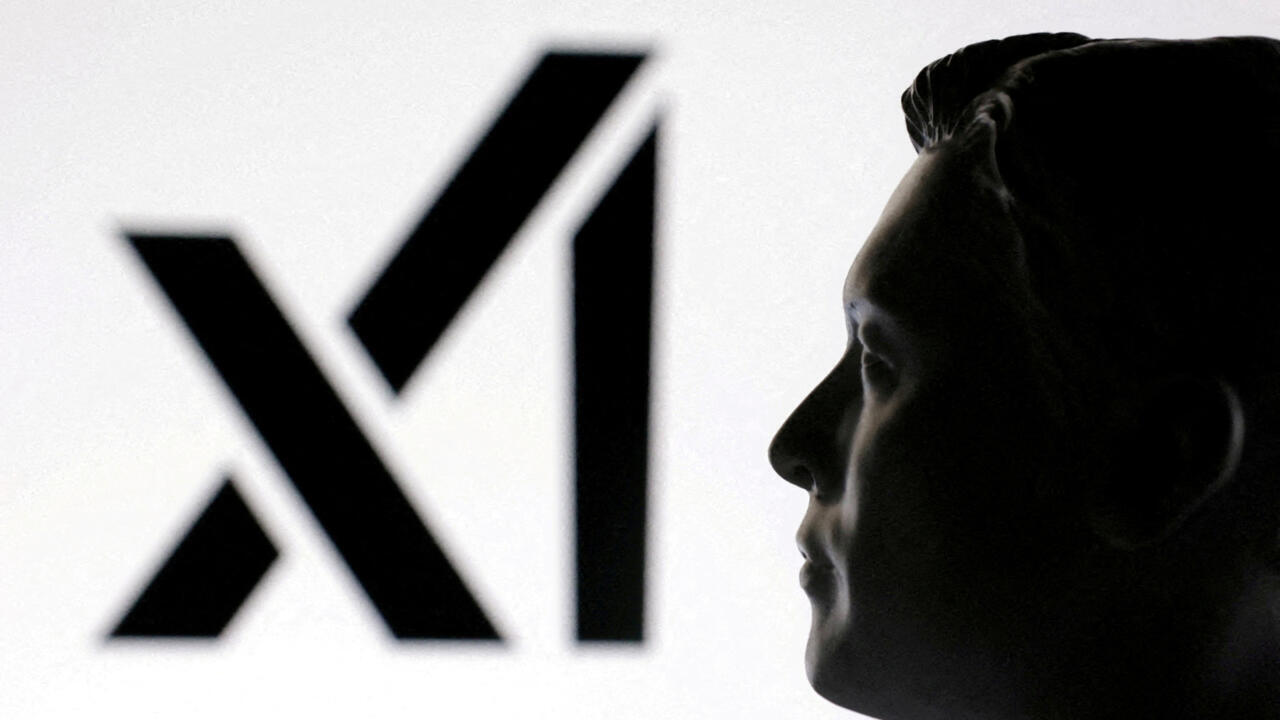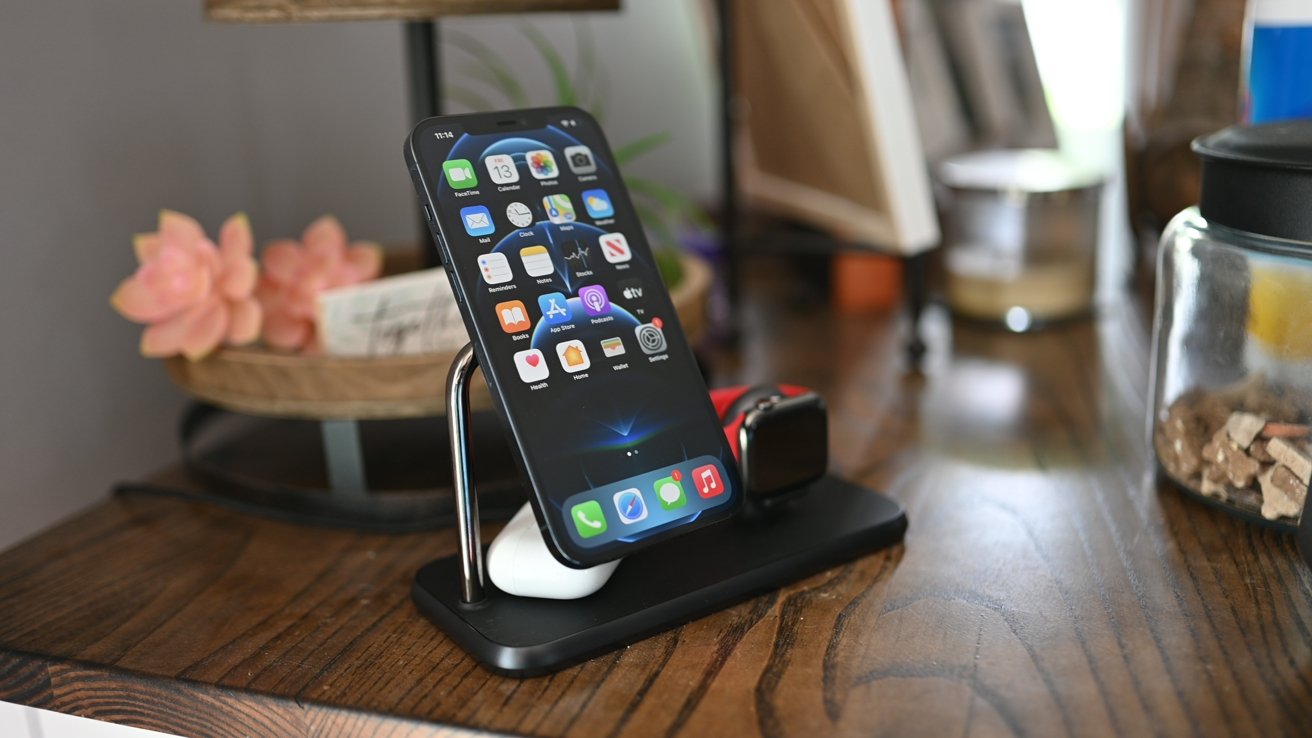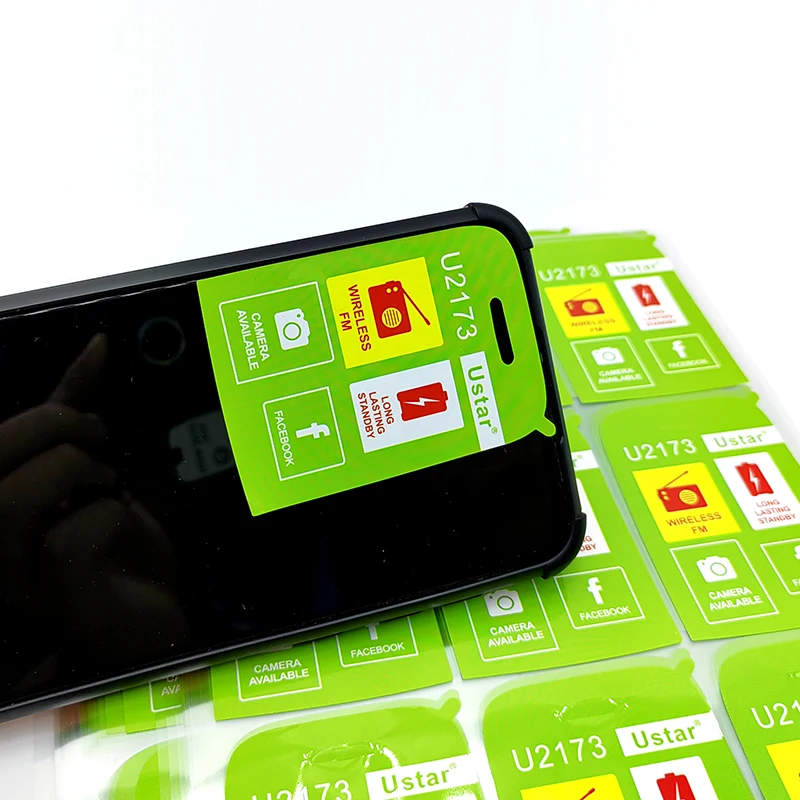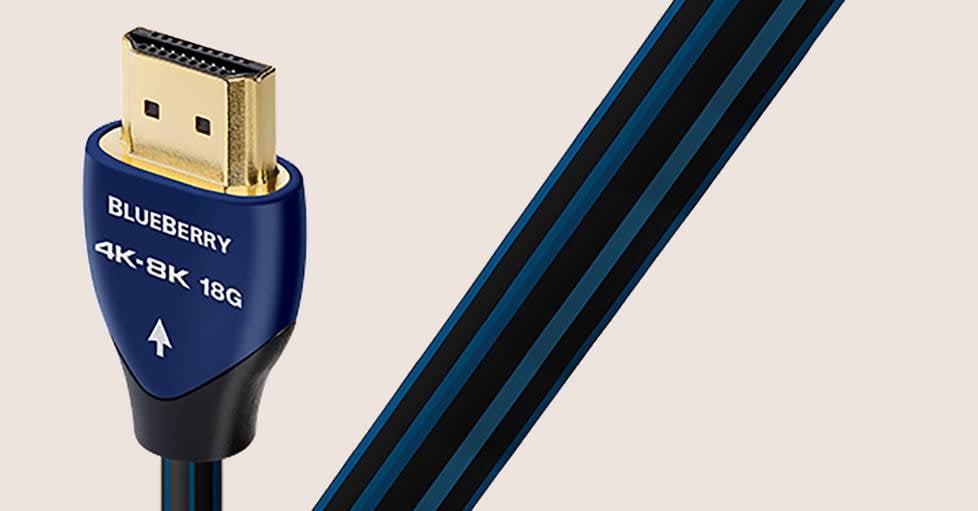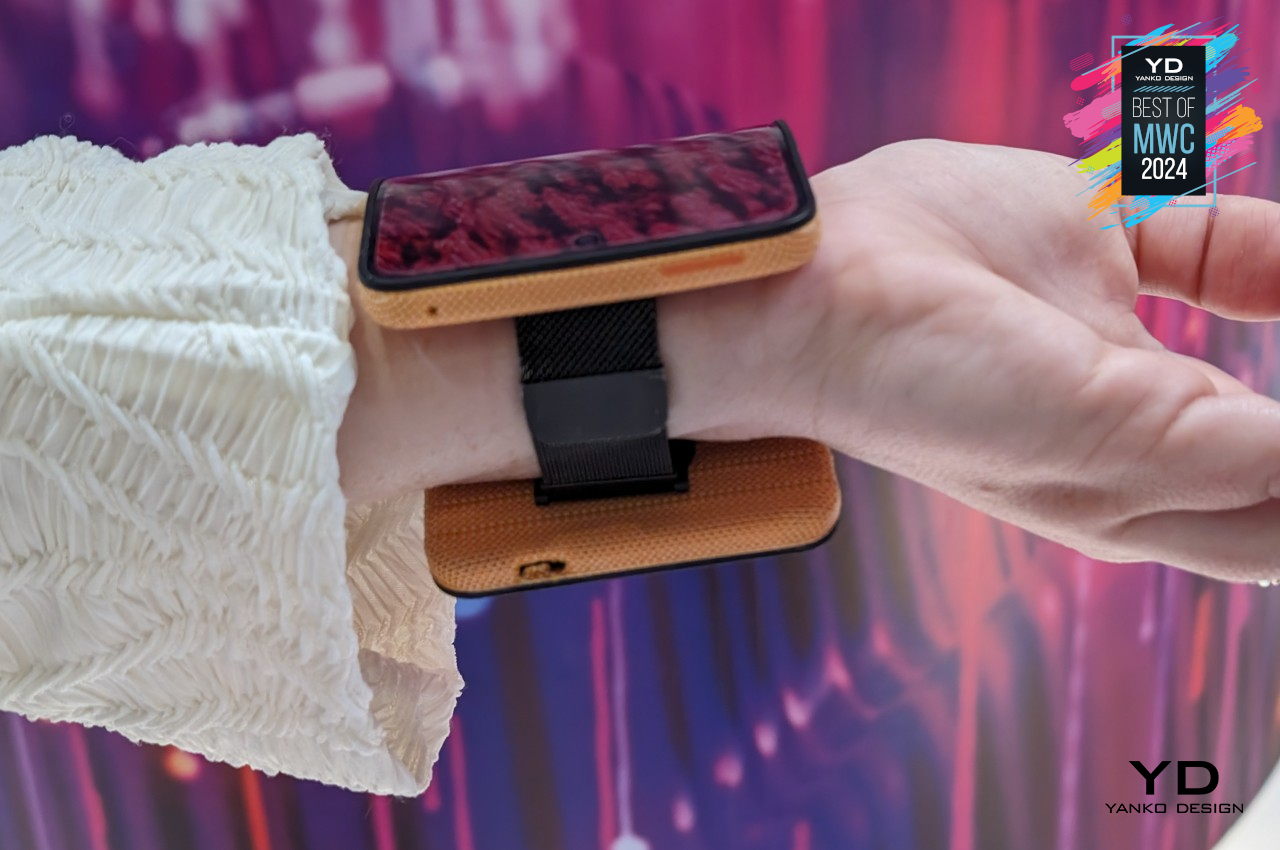# StandBy Mode and Top MagSafe Stands for iPhone
One of the notable highlights of iOS 17 is StandBy mode, which converts your iPhone into a smart display while it charges and is positioned horizontally. This feature is particularly improved when utilized with an upright wireless charger, enabling users to maximize the display’s capabilities.
## What is StandBy Mode?
StandBy mode is triggered when your iPhone is charging and placed on its side. It provides a personalized lock screen experience akin to the Apple Watch’s Nightstand Mode, presenting various information without the need for actively engaging with the device. Users have the option to select from different clock styles, widgets, and even a photo screen that can display specific themes or albums from their Photos library.
The clock display in StandBy mode features several themes including Digital, Analogue, World, Solar, and Float, with some options offering added details like temperature or upcoming alarms. Notifications, Live Activities, and Siri responses are also featured in this mode, showcasing a full-screen format. Furthermore, StandBy mode employs MagSafe technology to remember your preferred screen and widget settings based on the charger’s position.
To activate and tailor StandBy mode, users can go to the Settings app on their iPhone and choose the “StandBy” menu.
## My Favorite MagSafe iPhone Stands
Here are some of the finest MagSafe stands that enhance the StandBy experience:
### 1. Belkin UltraCharge Pro 3-in-1 MagSafe Charger with Qi2.2
This charger embraces the latest Qi2.2 standard, enabling wireless charging speeds of up to 25W. It can simultaneously charge an iPhone, Apple Watch, and AirPods. The design includes an integrated cooling fan and comes with a 45W USB-C power adapter.
– **Price**: $97 (Reg. $130)
### 2. Twelve South HiRise 3 Deluxe
This adaptable charger facilitates wireless charging of an iPhone, Apple Watch, and AirPods from one outlet. It sports a space-efficient vertical design and accommodates adjustable angles for viewing notifications or videos.
– **Price**: Nearly $100 off for Black Friday.
### 3. Belkin 2-in-1 Wireless Charger with MagSafe
This stand charges an iPhone at 15W while offering a Qi charging pad for AirPods. Its premium build and compact size make it a superb addition to any workspace.
– **Price**: Available on Amazon.
### 4. Satechi 3-in-1 Wireless Charging Station
This compact charger can simultaneously charge an iPhone, Apple Watch, and AirPods. It is both MagSafe and Qi2 certified, supplying charging speeds of up to 15W. Its foldable design makes it easy to transport and store.
– **Price**: Available on Amazon.
### 5. Anker 3-in-1 Cube with MagSafe
This clever design permits charging an iPhone, Apple Watch, and AirPods in a compact, foldable cube. It’s ideal for those who prioritize portability without compromising on functionality.
– **Price**: $90 (Reg. $150)
### 6. Nomad Stand One
For a high-end choice, the Nomad Stand One features a robust metal and glass design, with a 21-degree viewing angle perfect for StandBy mode. It is MagSafe certified but exclusively charges the iPhone.
– **Price**: Available from Nomad.
### 7. Satechi Aluminum 2-in-1 Magnetic Wireless Charging Stand
This stand showcases a sleek aluminum design with an upright iPhone charging stand and a Qi charging pad. Note that it does not support MagSafe and is limited to 7.5W.
– **Price**: Available on Amazon.
## More Options
There are numerous additional iPhone charging stands that complement iOS 17’s StandBy mode, ensuring that users can find the ideal solution for their charging requirements.
By using these MagSafe stands, users can elevate their experience with StandBy mode, transforming their iPhone into not just a communication device, but also a functional smart display.
Read More

